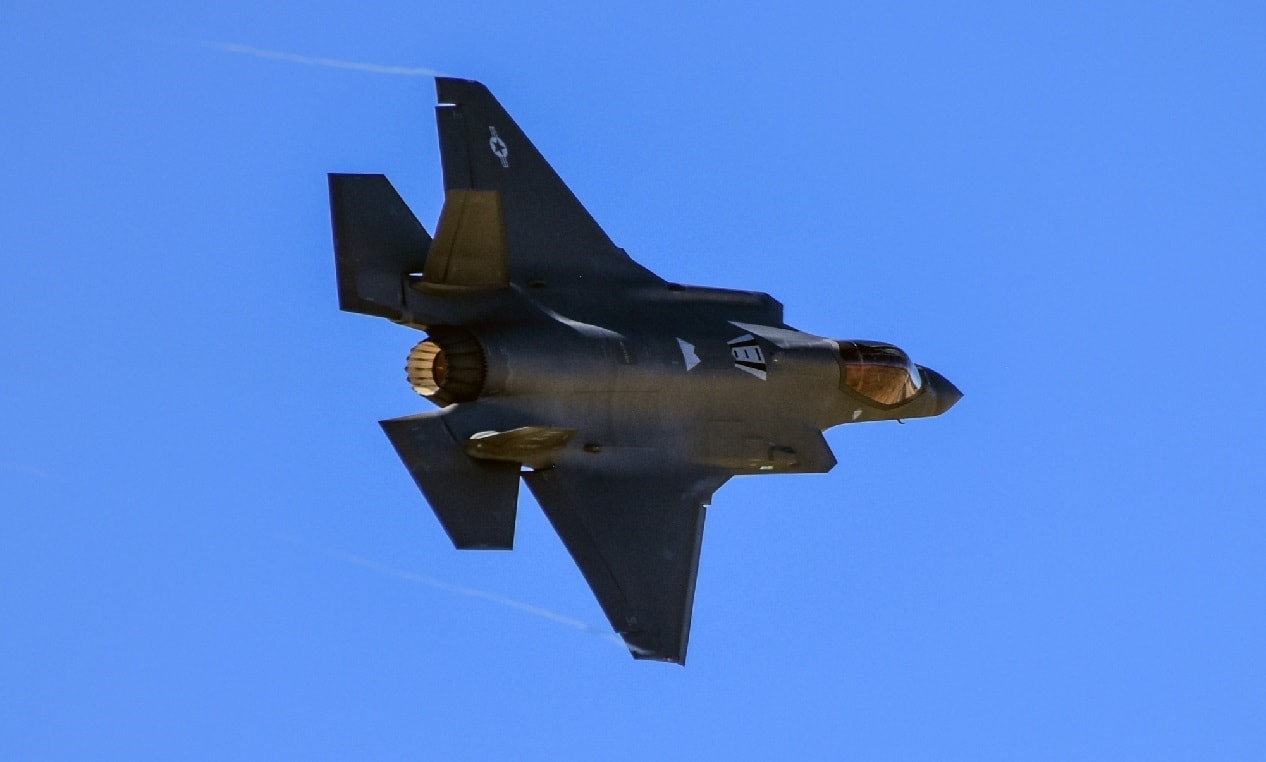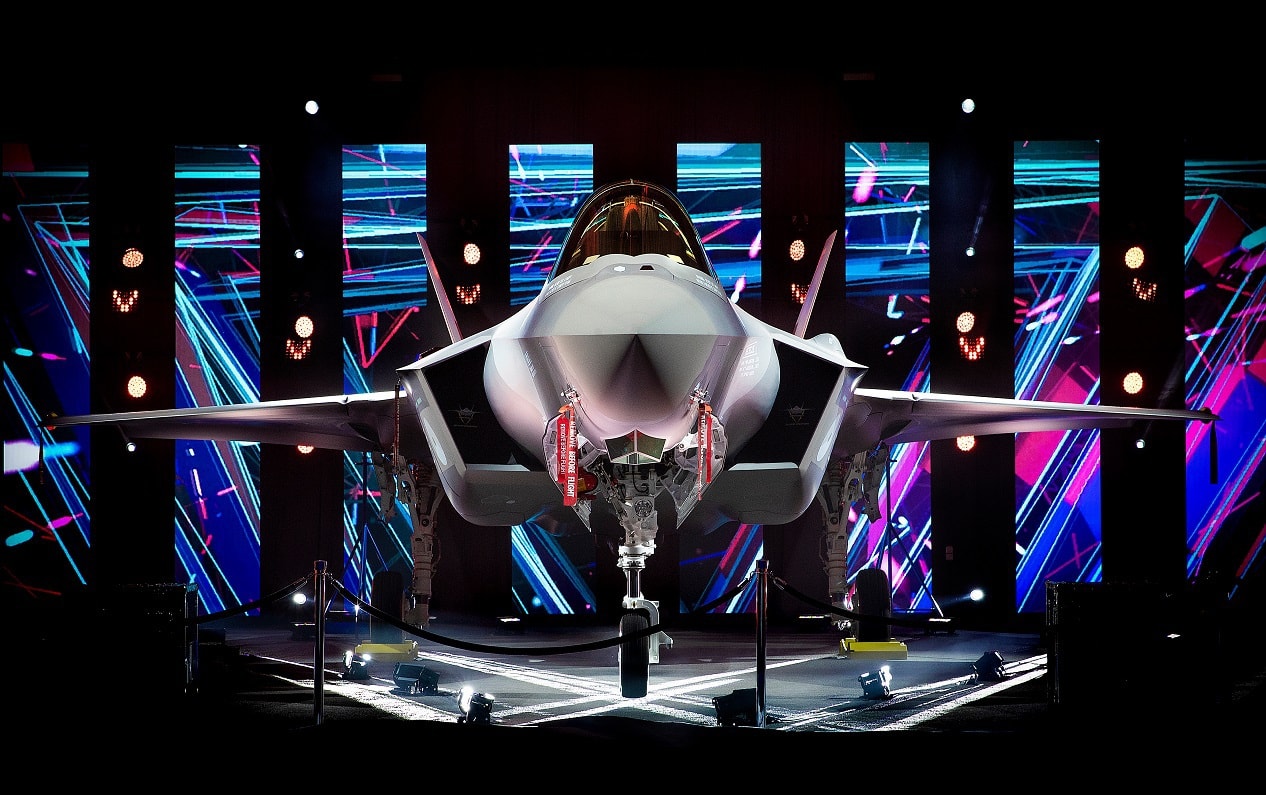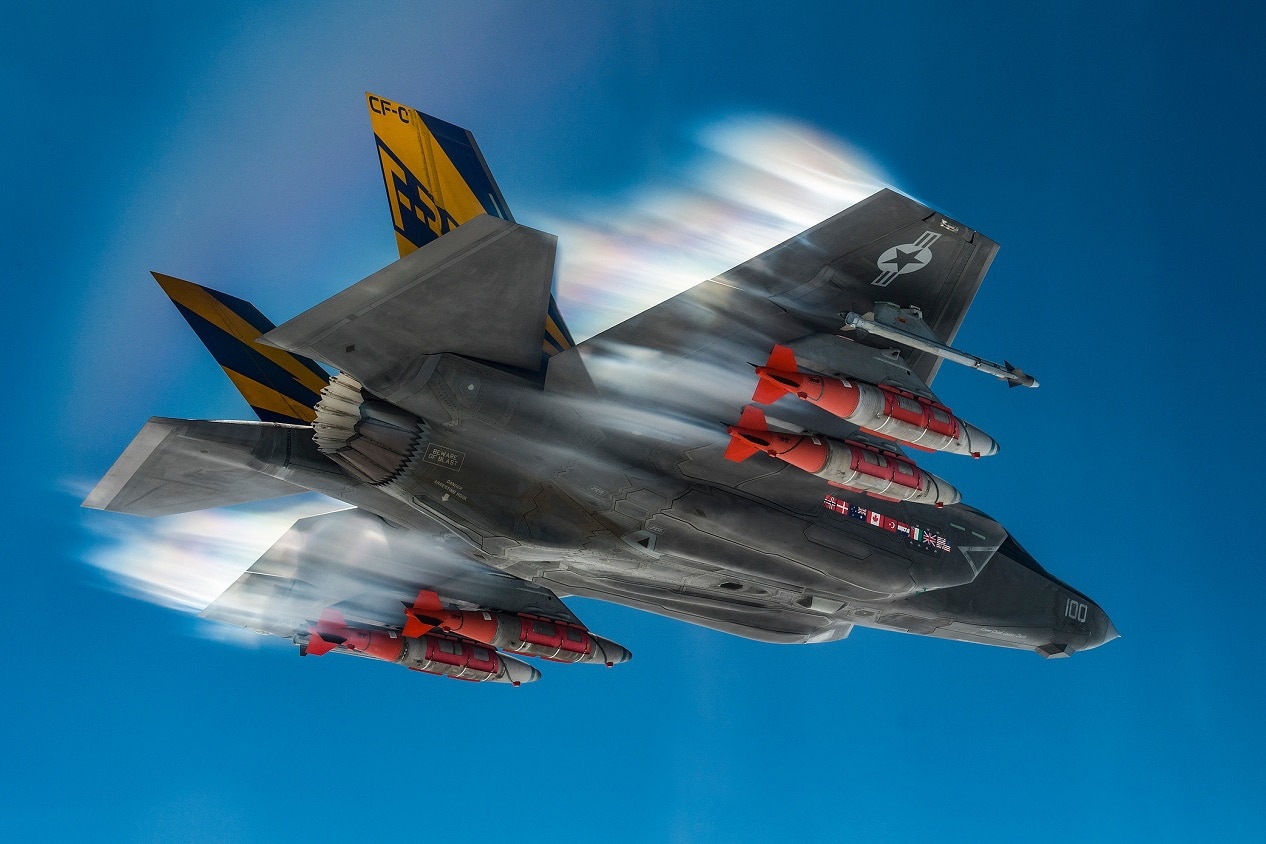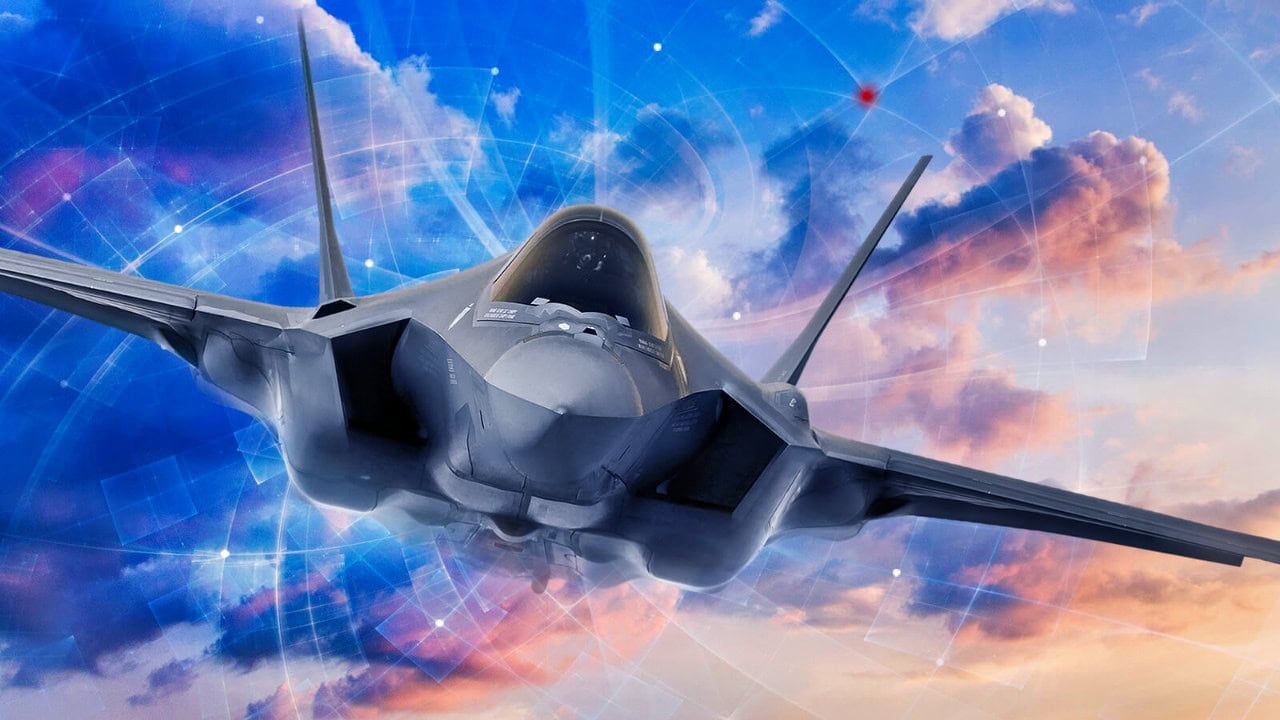Key Points and Summary: Ukraine urgently needs more F-16 fighter jets from NATO, but deliveries face major setbacks due to Belgium’s delayed F-35 purchases.
Key Point #1 – Belgium intended to donate 30 older F-16s to Kyiv, but Lockheed Martin’s slow F-35 deliveries have postponed the transfer until at least late 2025.
Key Point #2 – Pilot shortages, language barriers, and aging aircraft requiring extensive maintenance have further complicated the issue. Although Ukraine desperately hopes these jets can help regain occupied territories and defend its airspace, delays diminish their strategic impact. This setback highlights the complexity of supplying advanced military aircraft during wartime and underscores Ukraine’s precarious reliance on NATO allies.
Belgium’s Delayed F-35s Spell Trouble for Ukraine’s Air Force
The United States and its NATO allies have sent a handful of older and retired F-16 Fighting Falcons to Ukraine, but this transfer is just not enough.
Now, a donation of the “Vipers” will be delayed for at least a year because Belgium hasn’t received its batch of F-35A Lightning IIs, which the NATO country is waiting for patiently.
This “knock-on effect,” the Belgian military said, has hurt the Ukrainian air force, which had expected a large fleet of F-16s to turn the tide in the war by creating air superiority in the skies over Ukraine.
The Latest Obstacle with Arms to Ukraine
The latest problem with the F-16s has taken on immense significance as Ukraine tries to take back as much territory occupied by the Russian army before peace negotiations to ensure they can enter talks from a position of strength.
Also, F-16s have been good at knocking out enemy missiles and policing Ukrainian air space to hinder the effectiveness of deadly Russian glide bombs.
“The transfer of the first of Belgium’s 30 F-16s to Ukraine has been delayed by at least a year—until the end of 2025,” Belgian head of defense, General Frédéric Vansina, said.
Belgium Has Been Waiting for the F-35 for At Least Six Years
The Belgians were expecting their order of F-35s by now, which has stymied Ukraine’s arms transfer strategy. Lockheed Martin, the manufacturer of F-35s, wanted to deliver the Lightning II to Belgium by the end of 2024, but that date has been pushed to later this year.
This delay is frustrating to Belgium because they first signed the contract for their F-35s in 2018. Their air force was promised they would have the stealth fighter in numbers by 2023. Only one has been delivered so far, and Belgium is training its pilots at Luke Air Force Base in Arizona, waiting for more Joint Strike Fighters so they can patrol the skies to strengthen NATO on a regular basis.
Is It Too Little, Too Late?
Belgium promised that the F-16s would be ready to go to Kyiv in May 2024 when it proposed the export arrangement. The Netherlands, Denmark, and Norway also plan to send the Fighting Falcon to Ukraine. This group wanted to send at least 30 Vipers by 2028.
Unfortunately, the war will likely be over then. Still, at least the Ukrainians would have a fleet of F-16s for homeland defense and to patrol what looks like it will become a Korea-like demilitarized zone dividing Russia and Ukraine.
Belgium has also blamed the difficulty of training F-16 pilots on the language barrier, which has also caused delays. Vansina has admitted there is a shortage of Ukrainian pilots, and available pilots cannot receive the necessary instruction to fly the Fighting Falcons.
The F-16s Being Transferred Are Long in the Tooth
Ground maintenance crews also require training, and Belgium must make a deal for spare parts and advanced components to bring the older F-16s slated for transfer up to date. The Belgian Vipers also have eclipsed the 8,000 flight-hour limit when the airplanes are expected to be retired.
Belgium has flown some F-16s for 38 years. Lockheed has said that they do not carry all the parts for older airplanes that the Belgians have flown for decades.
This whole saga just shows how difficult it is to supply a country that has weak points in its military. Significant weapons systems are announced to great fanfare, but the reality is that the airplanes just cannot make a smooth transition to flight in a different country.
It takes several months, if not years, to train F-16 pilots sufficiently. Technical manuals are written in another language, and maintenance issues can affect aircraft performance.
Will F-16s to Ukraine Even Make a Difference?
Ukraine’s NATO partners want to help, but they also need to populate their own air forces. Volodymyr Zelensky faces an existential struggle against Vladimir Putin’s air force. Zelensky had earlier said the F-16s would be important to Ukrainian survival.
However, the F-16s have mainly taken a more defensive role by shooting down Russian missiles. When they arrive from Belgium, the Fighting Falcons may not be able to make a difference in the war if it’s still going in 2026.
Putin must be smiling as he sees NATO partners scramble with the F-16 transfer. It was quite a disappointment for Ukraine, which wanted several squadrons of Fighting Falcons—at least 100 jets—to fight the Russians, who had more than 1,000 fighters.
Ukraine has received a small batch of six Mirage 2000s from France and this will help, but training of pilots and ground crews must be carried out before these warbirds can take on Putin’s airplanes.
Zelensky will just have to be patient as he waits for more F-16s and Mirage 2000s deliveries. The war could end later this year, and Ukraine could be caught in a position where it could not ever re-take the 20 percent of the territory it has lost to Russia.
It would be nice if Lockheed Martin could accelerate the delivery of F-35s, but that does not seem likely as the defense behemoth has many other countries who have ordered the Lightning II.
This is just one more headache that Zelensky has as he worries about the Trump administration cutting off all military aid to his country indefinitely.
F-35 Fighter Photo Display

U.S. Marine Corps F-35B Lightning ll aircraft with Marine Fighter Attack Squadron (VMFA) 121 prepare for takeoff from Marine Corps Air Station Iwakuni, Japan, April 8, 2021. VMFA-121 is the first forward deployed Marine F-35B squadron, capable of providing close air support and conducting strike missions in support of a free and open Indo-Pacific. (U.S. Marine Corps photo by Cpl. Jackson Ricker)

U.S. Air Force Maj. Kristin “BEO” Wolfe, F-35A Lightning II Demonstration Team commander and pilot, performs an aerial demonstration during the 2021 Thunder and Lightning Over Arizona Air Show and Open House at Davis-Monthan Air Force Base, Arizona, Nov. 5, 2021. The last air show and open house DM held showcasing U.S. military capabilities was in 2019. (U.S. Air Force photo by Senior Airman Kaitlyn Ergish)

Capt. Andrew “Dojo” Olson, F-35 Demonstration Team pilot and commander performs a high-speed pass in an F-35A Lightning II during the Arctic Lightning Airshow July 13, 2019, at Eielson Air Force Base, Alaska. The aerial demonstration consists of 16 maneuvers that fully showcase the capabilities of the F-35A Lightning II. (U.S. Air Force photo by Senior Airman Alexander Cook)

F-35. Image Credit: Lockheed Martin.

F-35. Image Credit: Lockheed Martin.

F-35 Joint Strike Fighter. Image Credit: Creative Commons.

F-35 piloted by Lockheed Martin test pilot Mr. Dan Canin flies with external GBU-31 weapons for the first time on an F-35, the test was flown from NAS Patuxent River, MD on 5 Aug 2016. Image Credit: Lockheed Martin.
About the Author: Dr. Brent M. Eastwood
Brent M. Eastwood, PhD is the author of Don’t Turn Your Back On the World: a Conservative Foreign Policy and Humans, Machines, and Data: Future Trends in Warfare plus two other books. Brent was the founder and CEO of a tech firm that predicted world events using artificial intelligence. He served as a legislative fellow for U.S. Senator Tim Scott and advised the senator on defense and foreign policy issues. He has taught at American University, George Washington University, and George Mason University. Brent is a former U.S. Army Infantry officer. He can be followed on X @BMEastwood.

